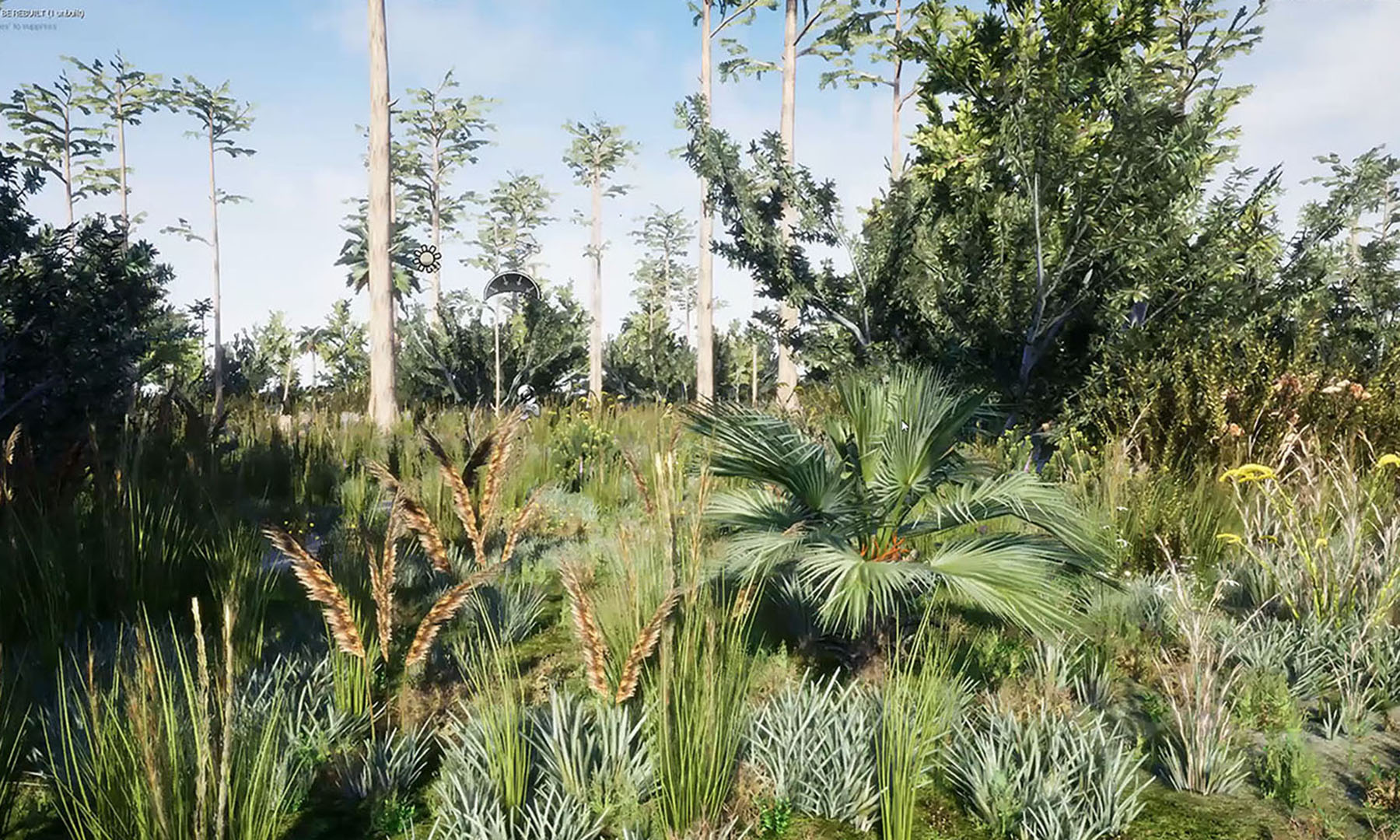“Virtual Nature as a Digital Twin Botanically Correct 3D AR and VR Optimized Low-polygon and Photogrammetry High-polygon Plant Models: A short overview of construction methods” by Harrington, Jones and Peters
Conference:
Type(s):
Entry Number: 19
Title:
- Virtual Nature as a Digital Twin Botanically Correct 3D AR and VR Optimized Low-polygon and Photogrammetry High-polygon Plant Models: A short overview of construction methods
Presenter(s)/Author(s):
Abstract:
Virtual nature construction methods are covered in two processes, first with low-polygon 3D plant models ideal for augmented reality (AR) and virtual reality (VR) and the second with high-polygon 3D plant models using Unreal Engine 5 and Reality Capture. Critical for scientific and information accuracy is the iterative review process with the domain expert.
References:
- Maria C. R. Harrington, Zack Bledsoe, Chris Jones, James Miller, and Thomas Pring. 2021. Designing a Virtual Arboretum as an Immersive, Multimodal, Interactive, Data Visualization Virtual Field Trip. Multimodal Technologies and Interaction, 5(4), 18. DOI: https://doi.org/10.3390/mti5040018
- Maria C. R. Harrington, Markus Tatzgern, Tom Langer, and John W. Wenzel. 2019. Augmented Reality Brings the Real World into Natural History Dioramas with Data Visualizations and Bioacoustics at the Carnegie Museum of Natural History. Curator: The Museum Journal, 62(2), 177 – 193. First published in Wiley Online Library (April 19, 2019). DOI: https://doi.org/10.1111/cura.12308
- James H. Wandersee and Elisabeth E. Schussler. 1999. Preventing plant blindness. The American Biology Teacher, 61, 82–86.
- Royal Botanic Gardens, Kew, 2022. “Plants of the World Online.” Retrieved from https://powo.science.kew.org/.




